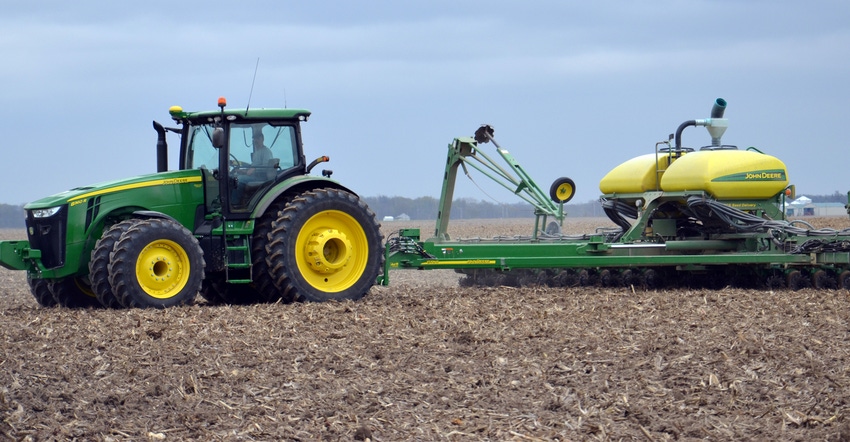
We hear a lot about reducing the use of fossil fuels and producing more clean energy using solar panels or wind turbines. However, I don’t know of a better "clean energy" system than the corn plant, which not only captures sunlight efficiently, but also reduces carbon dioxide levels and gives off oxygen we can breathe.
Very few things in life are free. Sunlight is free. A very small percentage of the solar energy available is captured by corn plants; most of it is either wasted on the ground or reflected back into the atmosphere. What can we do to make more efficient use of this free energy?
We can design the corn plant to trap more sunlight. Corn breeders have been working on this for many years and have developed hybrids with upright leaves that capture more sunlight and also allow the lower leaves to receive more light.
These hybrids may also be planted at higher populations. Forty years ago, farmers planted populations of 16,000 to 18,000 plants per acre in 36- to 40-inch rows. Present-day hybrids have better stalk and root strength and can be crowded in narrower rows. Farmers plant at 30,000 to 40,000 seeds per acre in 30-, 20- or 15-inch rows and even twin rows. Some seed companies are working on developing hybrids adapted to 10- to 12-inch rows that could be planted at higher populations to increase yields.
Plant early
The easiest and least expensive way to make greater use of the sun's free energy without buying new machinery and with the corn hybrids already available is by planting early if Mother Nature cooperates. Early planting should increase yields no matter what planting rate or row configuration you’re using.
It’s an established fact that in most situations, early planting produces higher yields. However, the reason for higher yields isn’t often explained.
It has to do with sunlight. The longest day of the year in the Northern Hemisphere is June 21. During the two-month period from May 21 to July 20, we get more sunshine than at any other duration of this length in the year. We will capture the greatest amount of sunlight if we could plant early enough to have a full canopy by May 21.
Proof in the planting
Our studies over the years have shown that early planting generally produces shorter plants with less root and stalk lodging. Grain quality is better. Test weight is higher, and corn is drier at harvest.
So not only are you trapping more energy from the sun, but you’re also saving energy by reducing drying costs.
Yes, some growing seasons like last year may favor later-planted corn. Weather conditions across much of the Midwest made it difficult to plant early.
However, you will have more corn to sell by planting too early rather than too late in most growing seasons.
Nanda is president of Agronomic Crops Consultants LLC. Email him at [email protected], or call him at 317-910-9876.
About the Author(s)
You May Also Like




